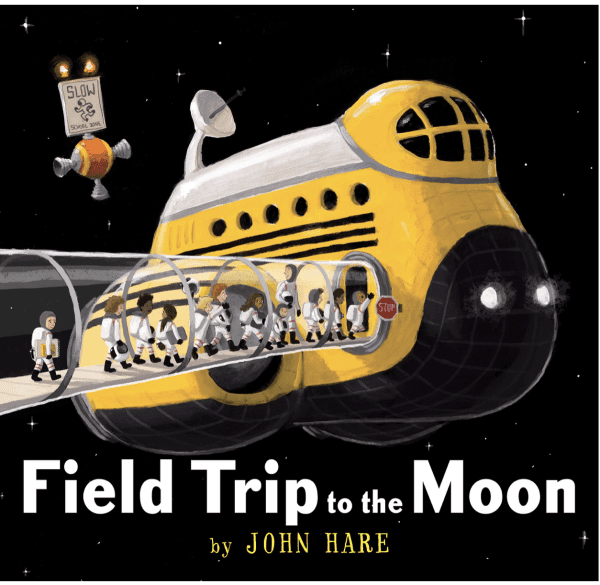I love watching soccer, all kinds of soccer at all levels. Our whole family does! We go to local games for our rec teams, cup teams, our local USL team the Riverhounds, even MLS teams like Columbus Crew. And we took a family trip to see EPL teams Liverpool, Leeds, Man U and Everton. And OF COURSE we go to cheer on the USWNT. We went to see them win in 2015, cheered for them in 2019 and are chanting LFG for 2023.
It’s incredible to watch really skilled players on the field with their dribbling, juggling, passing and shooting skills. They make it look so easy.
But of course they’ve been practicing for hours and hours.
I decided I wanted to learn a basic soccer skill – juggling the ball. Why not? I’m watching tons of soccer games right now as the teams in the Women’s World Cup battle it out in the group stage. So I selected one of the many soccer balls laying around our house and started juggling.
Well, I tried. And I failed.
And tried again. And failed.
And failed.
“Why can’t I do this?” I complained. “It looks so easy.”
It does look easy. When my oldest was 12 he would walk through the back yard juggling a ball while eating Bagel Bites.

But here’s the thing: by this time he’d been playing soccer basically year round since he was 6. Had I put in that time and effort? Nope.
My kids offered lots of support, suggestions, and advice. They really want to see my succeed. Sometimes it felt like they were telling me contradictory things. Sometimes it felt like they weren’t helping me, just telling me what I was doing was wrong. But they were patient and positive and encouraged me to keep at it. They even reminded me to get my practice in even when I was frustrated and wanted to give up.
But the thing is, no matter how much they encourage me and no matter how much soccer I watch, there’s no magic formula. I have to put in the work to learn this skill.
It will be hard, it will take time, and I will make a lot of mistakes.
Guess what? The same goes for writing. No matter how many books I read and how many stories I analyze in movies or in critique groups, I have to put in the work to write a good story. And so do you!
Sometimes your critique partners will give contradictory advice. Sometimes you’ll get frustrated and want to quit.
You’ll read an incredible book and it will look so easy. So you’ll give it a shot, and you’ll fail.
Coaching helps. Advice from friends helps.
You don’t give up, and you try again and again and again.
And you’ll fail again, but you’ll get two good juggles. And you’ll feel amazing. It’s not easy, but it’s worth it.
So grab a ball and get out there. You can do this.











